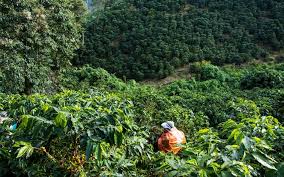
About Us
Our Story
We began with a simple idea: celebrate rare flavors from the rainforest while honoring the people and places that keep the forest alive. Each decision favors quality, dignity, and care.
From cacao to coffee, our work is guided by patience and precision—craft that respects biodiversity and culture, and a commitment to long-term value over short-term gain.
“Deja que el bosque siga en pie.”
Sourcing & Place
Our cacao and coffee are gathered from native trees in Bolivia’s Amazonian lowlands — where cultivation means conservation. Each harvest values biodiversity over yield, rewarding communities who protect the forest rather than clear it.
- Wild and agroforestry-grown crops that prevent deforestation
- Fair payment programs built on ILO standards and full traceability
- Transparent, long-term relationships with indigenous producers
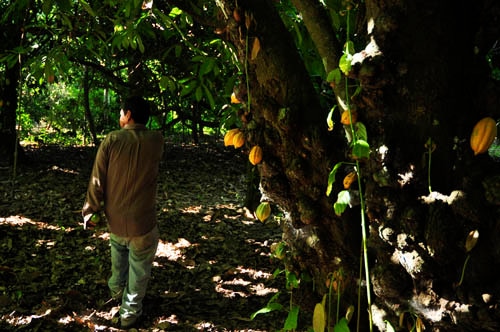
What Is Wild Chocolate
Wild chocolate is cacao in its purest form — fruit collected from naturally occurring trees within living rainforest ecosystems. It’s harvested without chemicals, irrigation, or land clearing, keeping old-growth forests intact. Each pod is gathered by hand, fermented, and sun-dried near its origin — a process that preserves both aroma and ecology.
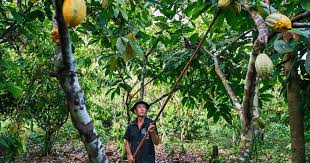
How We Work
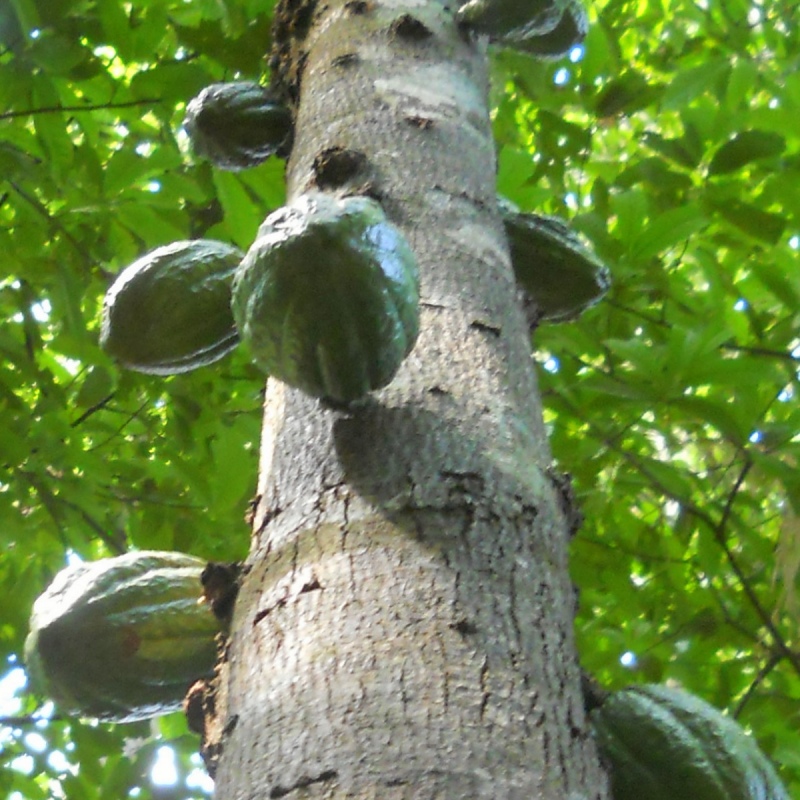
Step 1
LEGACY
Wild cacao thrives under the Bolivian jungle canopy. Protecting this ecosystem means protecting one of the planet’s last wild cacao gene pools — the foundation of our flavor and our mission.
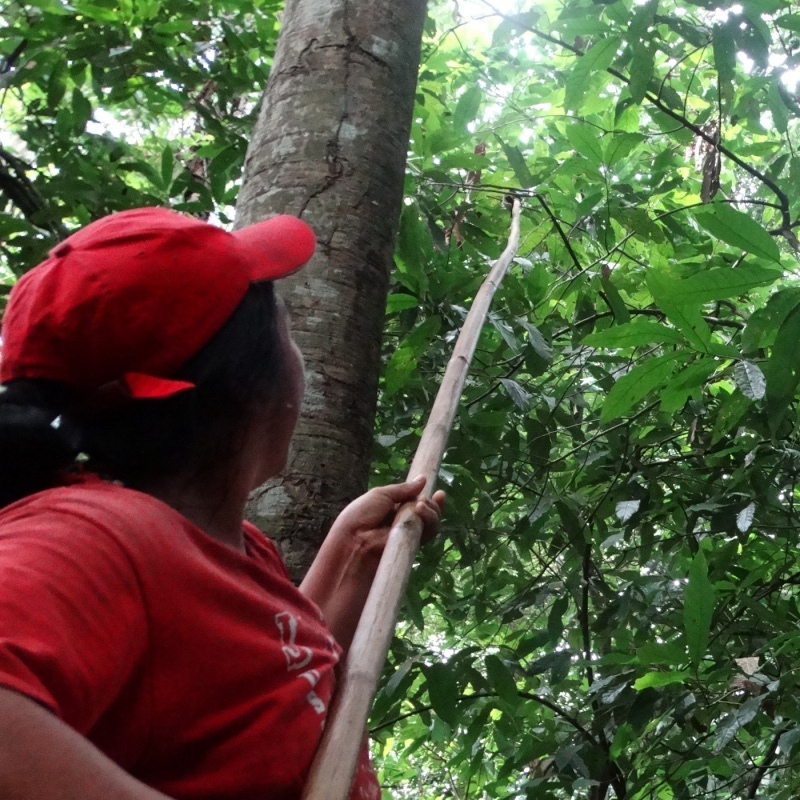
Step 2
HARVEST
Families from forest communities collect ripe cacao pods using traditional poles, ensuring minimal impact on surrounding trees. These harvests provide income that makes it possible for families to remain in their ancestral forest homes.
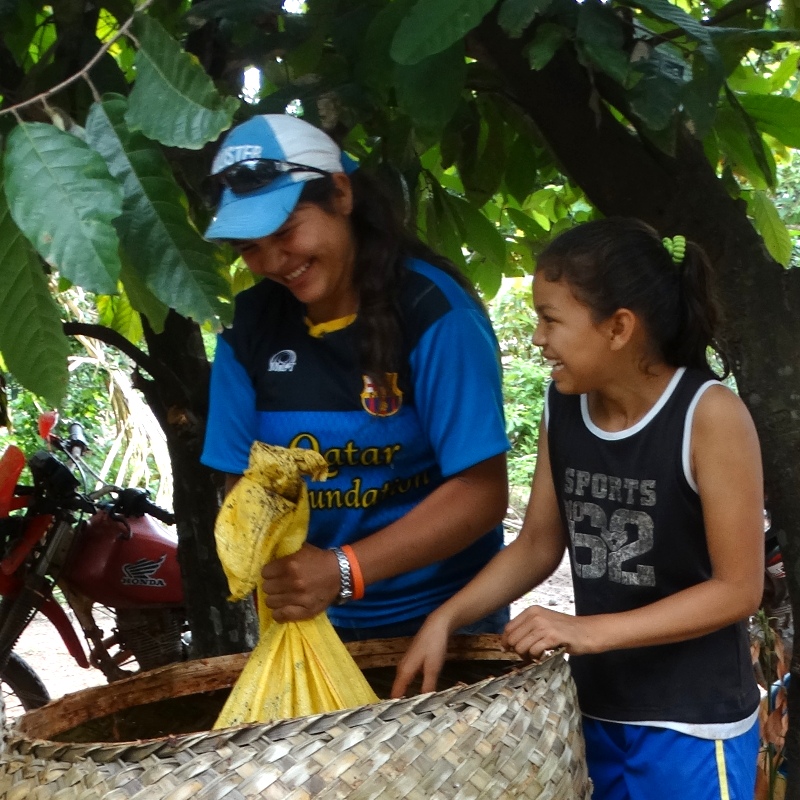
Step 3
FERMENTATION
Beans are fermented naturally in woven baskets or cloth, allowing the pulp’s sugars to transform flavor without additives or industrial heat — a slow method that preserves both quality and tradition.
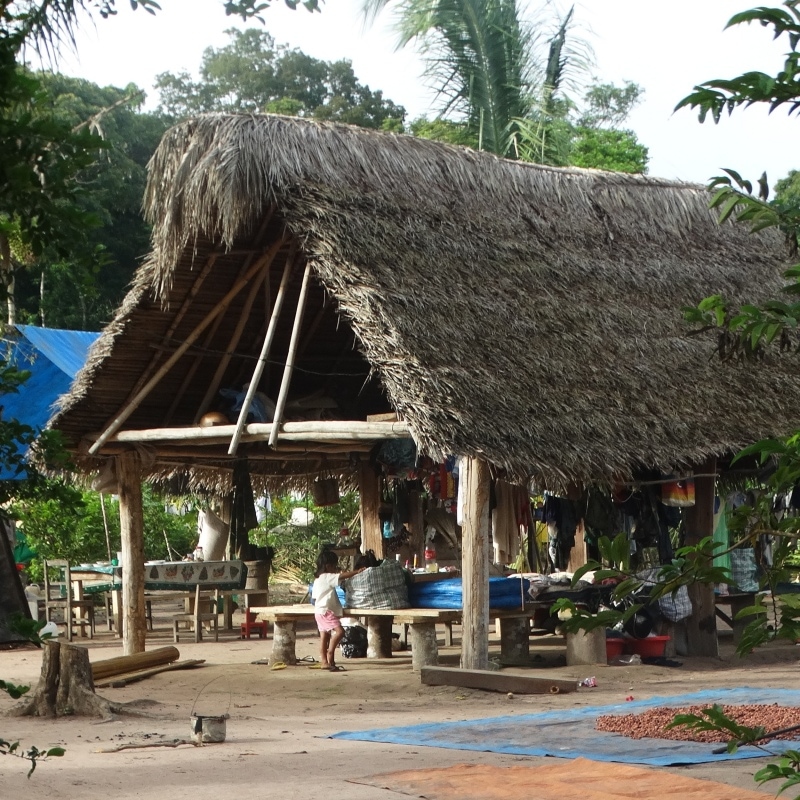
Step 4
DRYING
The beans are sun-dried on raised tables using only natural warmth, eliminating the need for fossil-fuel dryers and maintaining the integrity of each batch.
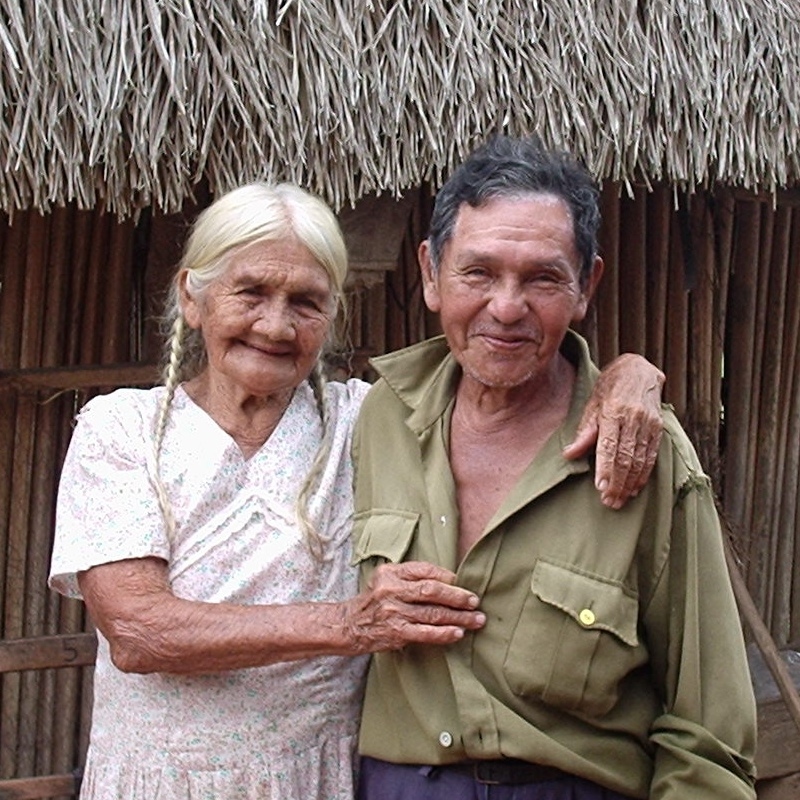
Step 5
COMMUNITY
Every bar sustains fair livelihoods through transparent pricing and traceable sourcing. We follow the principles of decent work and zero child labor, helping ensure dignity and opportunity for the next generation.
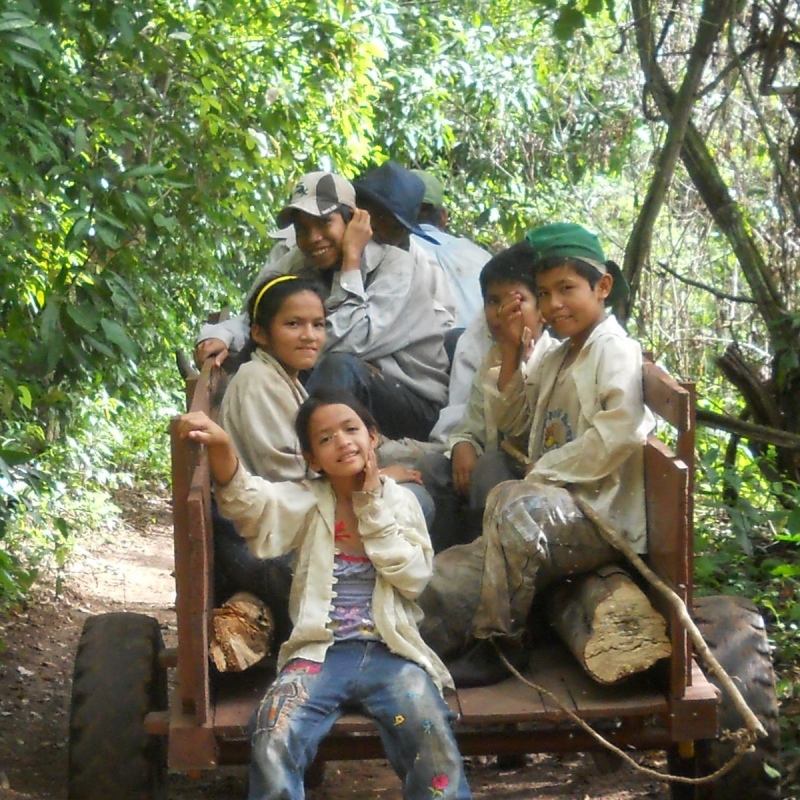
Step 6
FUTURE
Our purchases fund local initiatives in solar power, clean water, and education access — helping young people stay, study, and steward the forest they grew up in.
Our Partner in Bolivia
We partner with Saltus in Achocalla, Bolivia — a maker whose values mirror our own. Their facility treats and reuses 100% of process water, operates partly on solar power, and uses recycled glass and LED lighting to minimize its footprint. Together, we transform wild cacao into award-winning chocolate that supports both excellence and equity.
Read more about conservation impact and fair wages.